In recent years, many industry insiders think of two words "burning money" when they mention "medical e-commerce". Just as many people think of "unemployed" when they mention "artificial intelligence". However, if you mention "new retail", whether it is a retail chain, a third-party platform, or a capital market, most of them are interested!
The reason may be that Jack Ma and a group of Internet giants bring attractiveness, which makes new retail like a discovery of a new world for the many pharmaceutical retailers, attracting the intervention of many capitals!
And what is the relationship between new retail and pharmaceutical e-commerce proposed by Jack Ma? Traditional B2B, where is the limitation of B2C, and where is O2O winning? Is there any flaw constraints? Can you see the future development trends based on current development? Will new retail subvert the circulation pattern of pharmaceutical retail? Will practicing pharmacists be unemployed? Can your company survive tomorrow after the circulation reshuffle?
Who will break the dilemma of offline physical retail?
The retail industry has developed rapidly over the years, but the pharmaceutical retail sector has always been subject to many controls on medical policies. Although there are large retail chains that can be counted, under many factors such as "medical insurance designated qualification", "medical insurance fund limit", and "prescription acceptance qualification", offline physical retail in pharmaceuticals is like a trapped beast. In the Internet era, it will be carried forward by third-party platforms like "coming customers from all directions". Faced with capital injection, technology upgrades, and policy control, retail companies have been panic and confused. Where is the future path?
Individuals are always so small before the times, and the path of enterprise development experience is even more impossible. The owner of a single pharmacy is thinking, "If you can't hold on until the end of the year, you may really have to consider whether to sell the pharmacy!" Small and medium-sized chains are firm. Even if the environment is bleak and stormy, they must last until the day the company goes public! Large chains are busy acquiring, and how many stores in a certain province will open this year, of course the cost still needs to be controlled...
There are always helmsmen in front of the times. Not to mention that Sinopharm, Yifeng and Yixintang are developing rapidly, third-party platforms have been eyeing new pharmaceutical retail for many years!
According to the top 10 of the top 250 retailers in the 2017 2017 released by the US retail industry magazine "STORES" and Deloitte, the highest growth rate is Walgreens, which focuses on the pharmaceutical field and has more than 4,000 chain pharmacies!
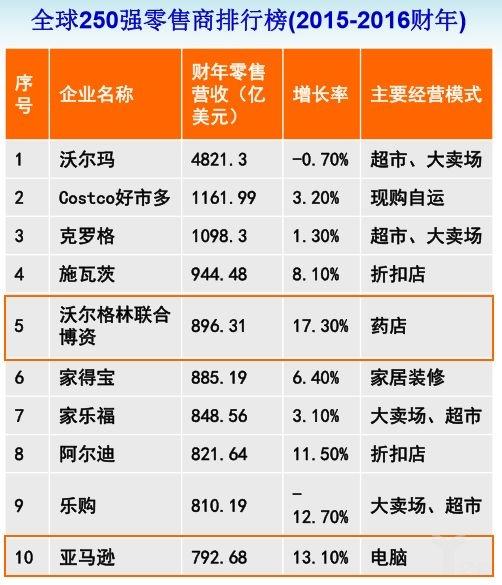
(Data source: US retail industry magazine "STORES" and Deloitte jointly released the 2017 top 250 retailers rankings, and the 2015 corporate public data (as of the company's fiscal year ending June 2016)
The second is Amazon, the only e-commerce background, with its rich online operation experience, and its business continues to advance into offline new retail, achieving a growth rate of 13.1%. Some time ago, according to a report released by LEK Consulting, Amazon, with a keen sense of touch, began to enter the healthcare industry: the second one is the "pharmaceutical mail order and retail pharmacies" scenario.
Foreign retail giants have shifted from big supermarkets and hypermarkets to the pharmaceutical sector. Of course, everyone believes that they will not stop at Amazon. It is worth noting that the only one among the top 10 lists focuses on the pharmaceutical field, Walgreens has the highest growth rate in the pharmaceutical field! It is more sufficient to show that the pharmaceutical retail market has unlimited potential. So will the domestic physical offline retail, which is subject to various limitations, be transformed by the Internet platform innovate business formats, reshape the pattern, and be reborn from the ashes?
Amid the controversy of hundreds of schools, medical e-commerce emerged
From 2001 to 2014, it belongs to the era of B2B and B2C! From its prototype to maturity, pharmaceutical e-commerce has brought a brief prosperity to pharmaceutical retail, and has also touched the nerves of enterprises and capital markets, and has experienced ups and downs in development trajectory.
2001-2005, born in the future, and the prototype first appeared!
In 2001, the State Administration of Drug Administration issued the "Interim Provisions on the Management of Internet Drug Information Services", which allows service activities to provide information on drugs (including medical devices, sanitary materials, and pharmaceutical packaging materials) to Internet users through the Internet, but cannot conduct drug transactions directly.
In 2005, the State Food and Drug Administration issued the "Interim Provisions on Approval of Internet Drug Trading Services", which opens the trading markets of B2B and B2C at the same time, but companies that provide Internet drug trading services to individual consumers must be drug chain retail enterprises.
Although the two documents were four years apart, they coincided with the rapid development of China's Internet retail business, and pharmaceutical e-commerce came into being.
2005-2014, ups and downs, rapid development
In 2005, after the relevant documents were issued, many capitals poured into pharmaceutical e-commerce, and the first B2C license was obtained by Renhe. However, in the next few years, only a few companies have obtained licenses.
In 2012, the watershed in the history of Chinese pharmaceutical e-commerce came - Tmall Pharmaceutical Center was launched! With its huge traffic advantages, Tmall Pharmaceutical Center provides technical support and online services to pharmacies that have obtained relevant Internet qualifications, helping them sell related products mainly based on over-the-counter drugs online, and also charges corresponding commissions.
In 2014, the leap period of medical e-commerce has arrived! The State Food and Drug Administration issued the "Regulations on Supervision and Administration of Internet Food and Drug Operations (Draft for Comments)" and mentioned: "Internet drug operators should sell prescription drugs based on prescriptions in accordance with the requirements of drug classification management regulations; the standards, formats, validity periods of prescriptions, etc. shall comply with the relevant provisions of prescription management."
At this point, not only Internet companies such as Alibaba Health and JD.com, but also full-time medical e-commerce companies such as Kangaiduo and Yiyao.com, retail pharmacies such as Hao Pharmacist and Neptune Xingchen, as well as many parties including Guangyao Baiyunshan and Shenwei Pharmaceutical, have begun to make intensive arrangements in order to undertake the big cake of prescription drugs!
Since then, Tmall Pharmaceutical Center has been operated by Alibaba Health, and the policies and environment have improved, and the scale of pharmaceutical e-commerce has also reached a new level!
Since 2016, the policy has taken a sharp turn and the policy has been tightened
In July 2016, online transactions of OTC on Tmall's third-party platform were suspended, and OTC products listed on the non-self-operated stores of Tmall Pharmaceutical Center cannot be directly traded online.
In November 2017, the State Food and Drug Administration issued a draft for soliciting opinions, which mentioned that if online drug sellers are drug retail chain enterprises, they are not allowed to sell prescription drugs online, and websites that sell drugs to individual consumers are not allowed to publish prescription drug information online.
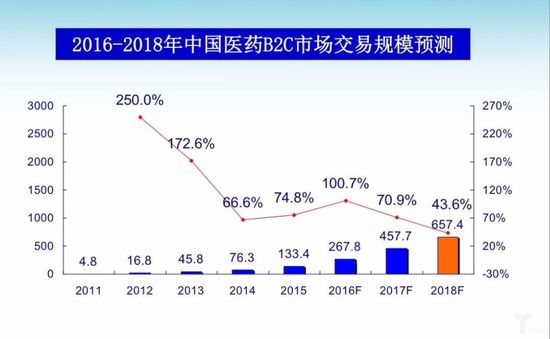
The data comes from the courseware of Director Tao Jianhong of the CFDA Southern Medical Economics Research Institute, sharing "How China's pharmaceutical retail releases vitality in the era of great change"
With the favorable environment and policies and the multi-party layout is preparing to undertake a larger prescription drug market, the country poured a pot of cold water on medical e-commerce. I don’t know what the final result of this draft opinion is, but what the industry can understand is that no matter how many advantages it has accumulated, as long as this draft opinion is finally implemented, the huge market for prescription drugs will be closed to pharmaceutical e-commerce. Not only will online transactions not be allowed, but information displayed on the platform will not be allowed.
You just finished singing and I made a comeback, and the O2O model has made a comeback
From the prototype to the development and maturity of pharmaceutical e-commerce, every step is accompanied by policy ups and downs. But to be fair, although pharmaceutical e-commerce has shown great convenience advantages compared to physical offline retail, it has only achieved technological breakthroughs.
As a special commodity, the derivative needs of consumers when purchasing drugs: pharmacists’ professional drug use guidance has not been solved. Although the quality of service for offline pharmacies varies greatly and has different quality, most people still have doubts about the fact that there is no prescription issued by the hospital for online purchase of drugs.
The biggest difference from the B2C model is that O2O is no longer limited to online transactions, but is integrated online and offline.
Connect consumers, pharmaceutical companies, retail pharmacies, hospitals, and medical institutions to form an ecological closed loop. Through the current methods of "online ordering and delivery" and "online ordering and picking", consumers, enterprises, and hospitals can achieve win-win results.
At the same time, after the integration of online and offline, on the one hand, the vulnerability of B2C to cope with the tightening of policies is avoided, and at the same time, the coordination of multiple parties can also improve service quality.
But it is inevitable that the 020 model can only be completed by multi-party collaboration, so the distribution of interests is also crucial. Whether the platform's traffic can be fed back to physical pharmacies, whether pharmacy delivery can ensure that the platform will complete the order immediately after the platform dispatches orders, and the profit model and profit space also need to be explored.
Although many O2O platforms were established early, most of them were unable to achieve large-scale development due to limited traffic or limited brand influence. It was not until Alibaba and JD.com entered the market that pharmaceutical O2O truly had a foundation for large-scale development.
Relevant personnel from Alibaba Health said that the Alibaba platform currently only displays pharmacy information, and the transaction is completed offline. After consumers submit their drug needs online, the pharmacy will complete the drug delivery business. The technical support required in this process is completed by Alibaba Health, and it also obtains corresponding technical service income from the order.
It is worth mentioning that Walgreens, the global pharmaceutical giant with the fastest growth rate among the top 10 of the top 250 retailers in the 2017 2017, relied on service upgrades to build an O2O ecosystem, turning thousands of chain pharmacies in the United States into health clinics within pharmacies, and providing a wide range of health and medical services that clinics can provide. At the same time, the pharmacists in the pharmacies also live in the community to facilitate consumer consultation.
Service upgrade, new retail emerges
Perhaps the profit model is worth discussing, and the profit space is limited, or perhaps it is other reasons for cooperation among multiple parties. Today, looking at the domestic Internet companies mainly composed of Alibaba and JD.com, the 020 model of Medicine is no longer limited to the above simple transaction form, but has turned to services.
Alibaba Health has jointly launched a number of O2O services in first-tier cities such as Beijing, Shanghai, Guangzhou and Shenzhen, so that citizens can enjoy services including one-hour home delivery and free Chinese medicine sitting in the hall while purchasing medicine. The essence of this model is exactly the concept of "new retail" advocated by Jack Ma. It is also the "pharmaceutical clinic" model that we often mention, from trading to services, from simply purchasing medicine to cooperating with blood sugar measurement and blood pressure measurement. At the same time, through Internet hospitals and other medical alliances, prescription circulation and prescription sharing are realized, and the service scenarios of pharmacies are more diverse.
At the 2016 Yunqi Conference, Jack Ma once said, "Only by the combination of online, offline and logistics, new retail will be born. After the birth of new retail, it will have an impact on pure e-commerce and pure offline." He even said that the next 30 years will be 30 years of earth-shaking human society, and the changes in the world will be far beyond imagination, and the term "e-commerce" will be eliminated soon. Now, it is very likely to be realized immediately!
At present, the scale of pharmaceutical O2O companies represented by Dingdang Express Pharmaceutical and Quick Prescription Pharmaceuticals is gradually increasing, and the integrity of services of traditional pharmaceutical e-commerce has gradually been improved.
At the same time, JD.com’s delivery O2O companies such as Ele.me and Baidu Takeout, which were just acquired by Alibaba, are also actively expanding drug delivery services. Amazon’s “unmanned supermarket” and the “unmanned pharmacies” that have been clamoring in China have opened up new ideas for retail.
With the injection of capital, it is believed that in the short term, pharmaceutical retail is a period of policy pain; in the long term, it is a period of accelerated change. In the future, the chain rate and concentration in the retail sector will definitely further increase.
When offline sales still account for the main body of pharmaceutical retail achieves onlineization through new retail, "buying health" will surely become a huge traffic entrance.
Against the backdrop of global physical retail facing the ceiling and the continuous upgrading of the Internet, the era of a major reshuffle of pharmaceutical retail has arrived. It is better to dance together on the tip of the knife, experience the great changes of the times, and rebirth under the pain of the industry!




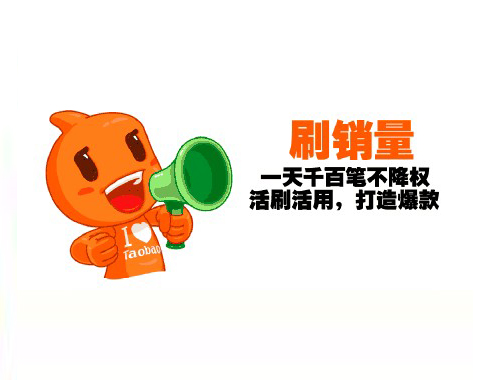
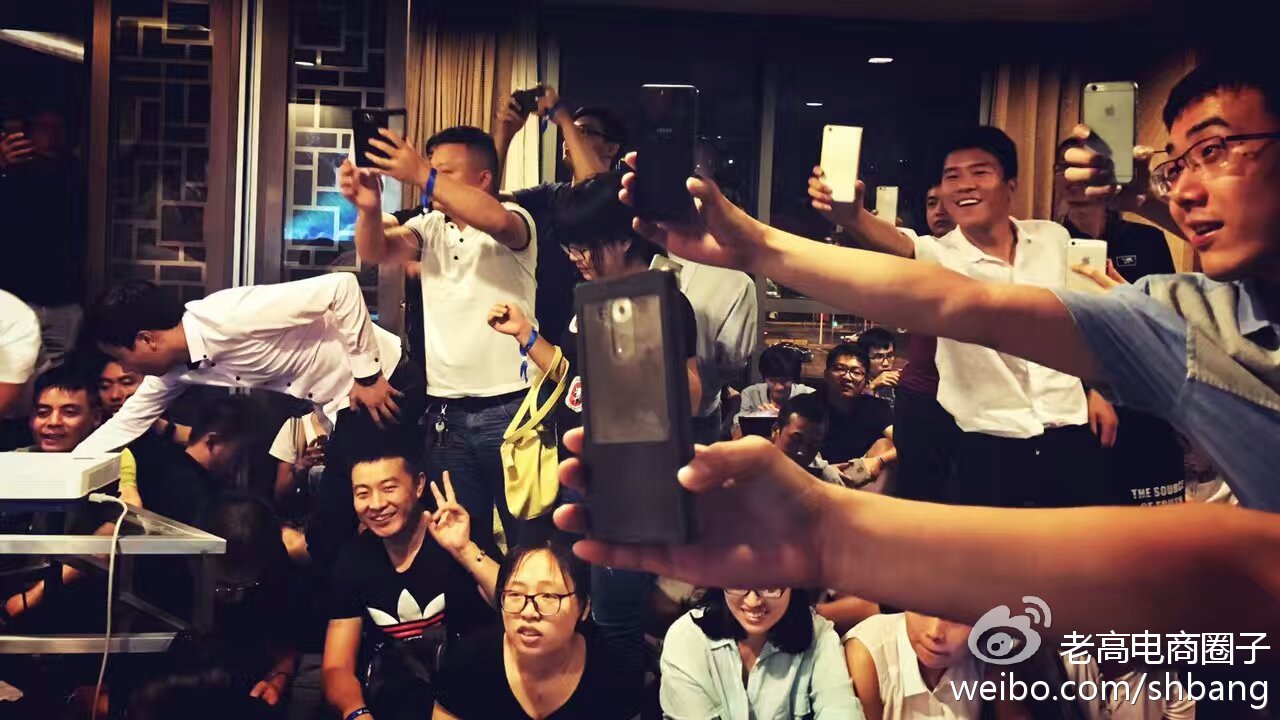
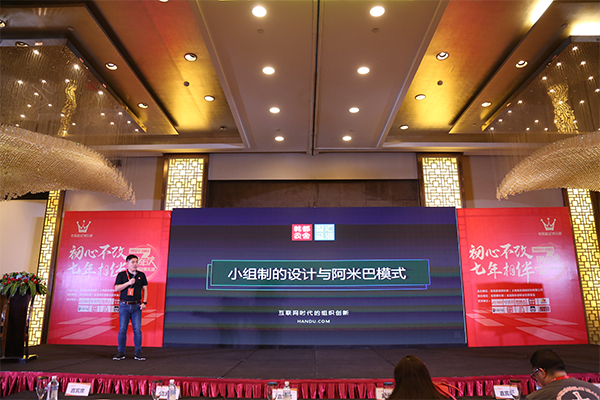

 EN
EN CN
CN
